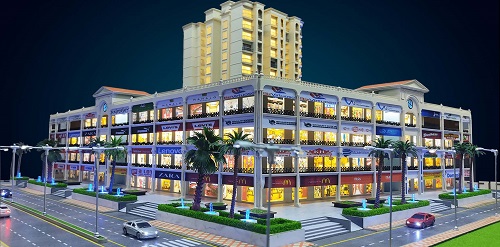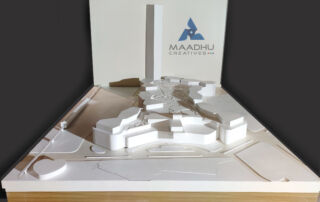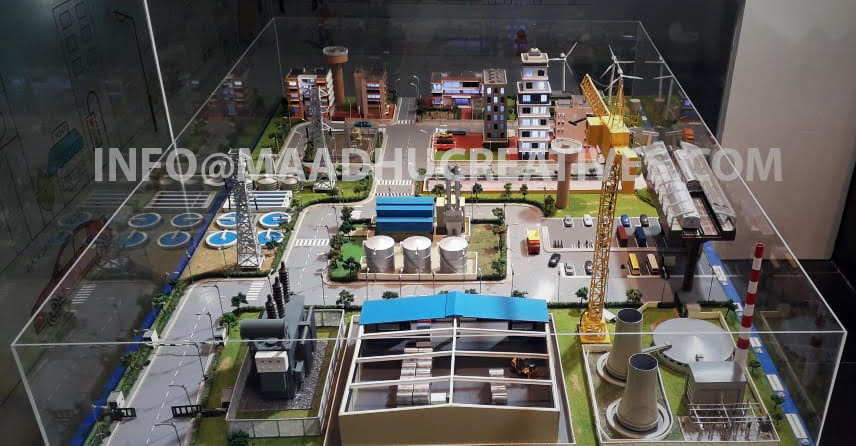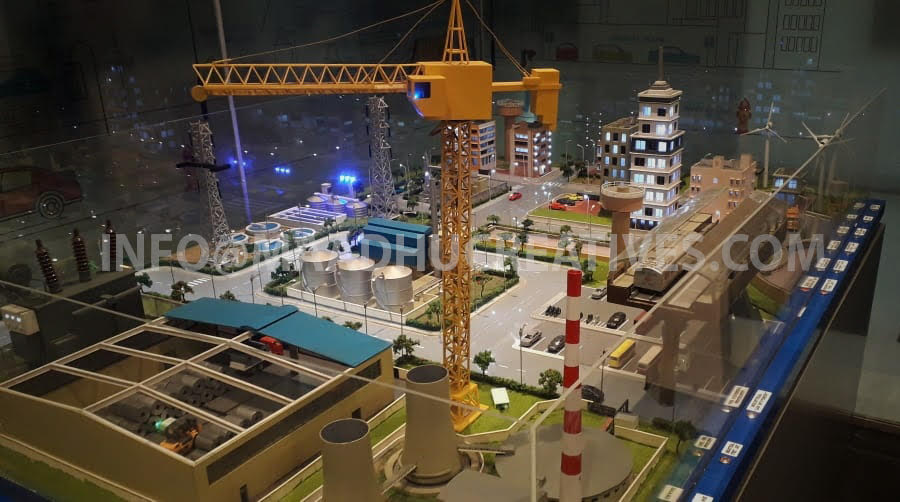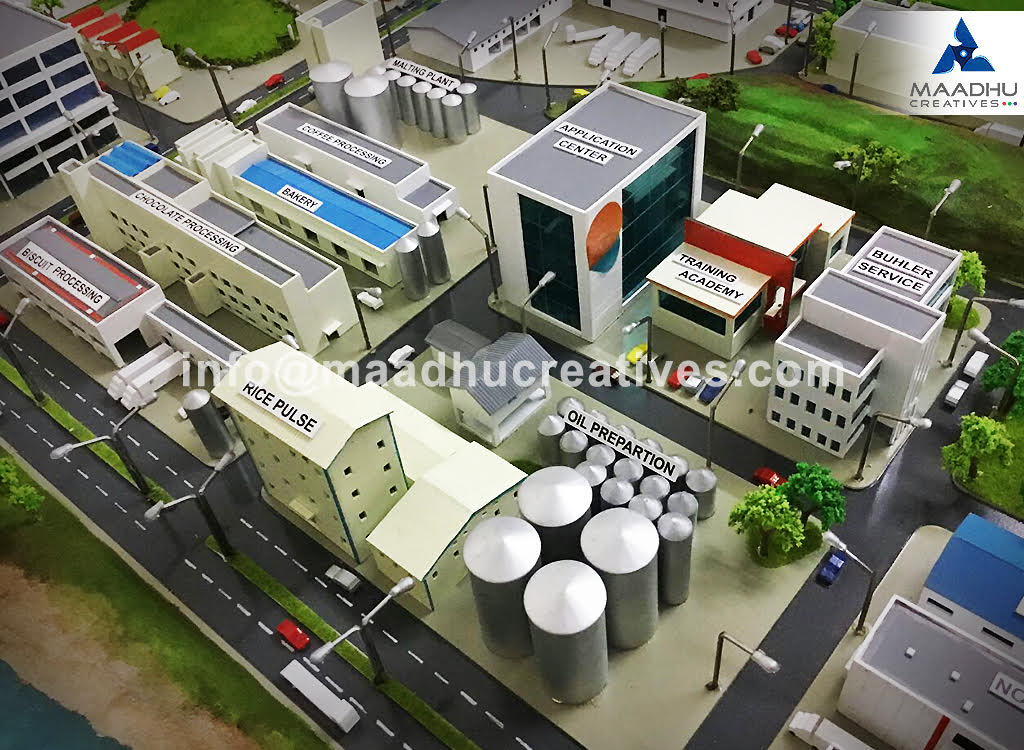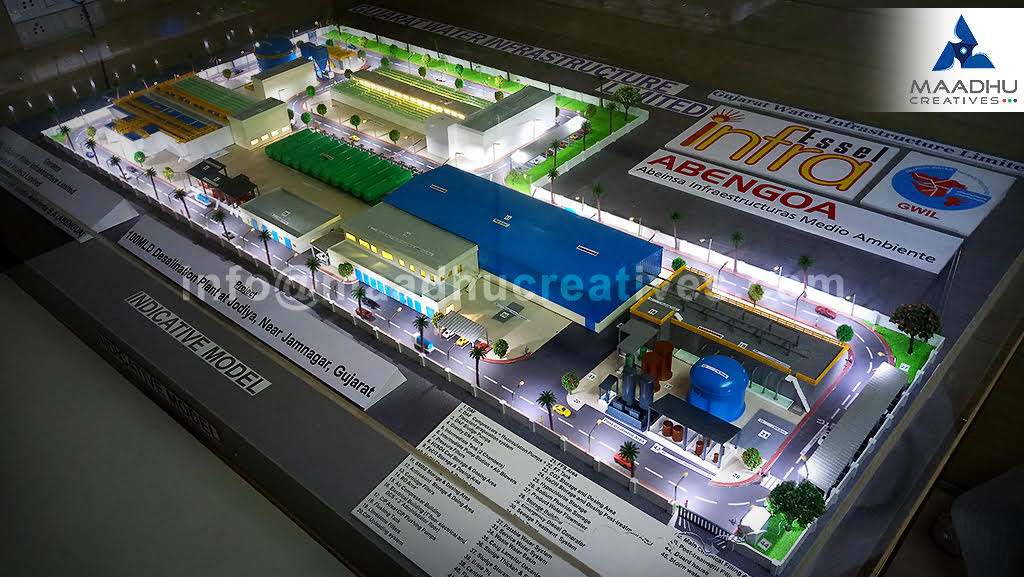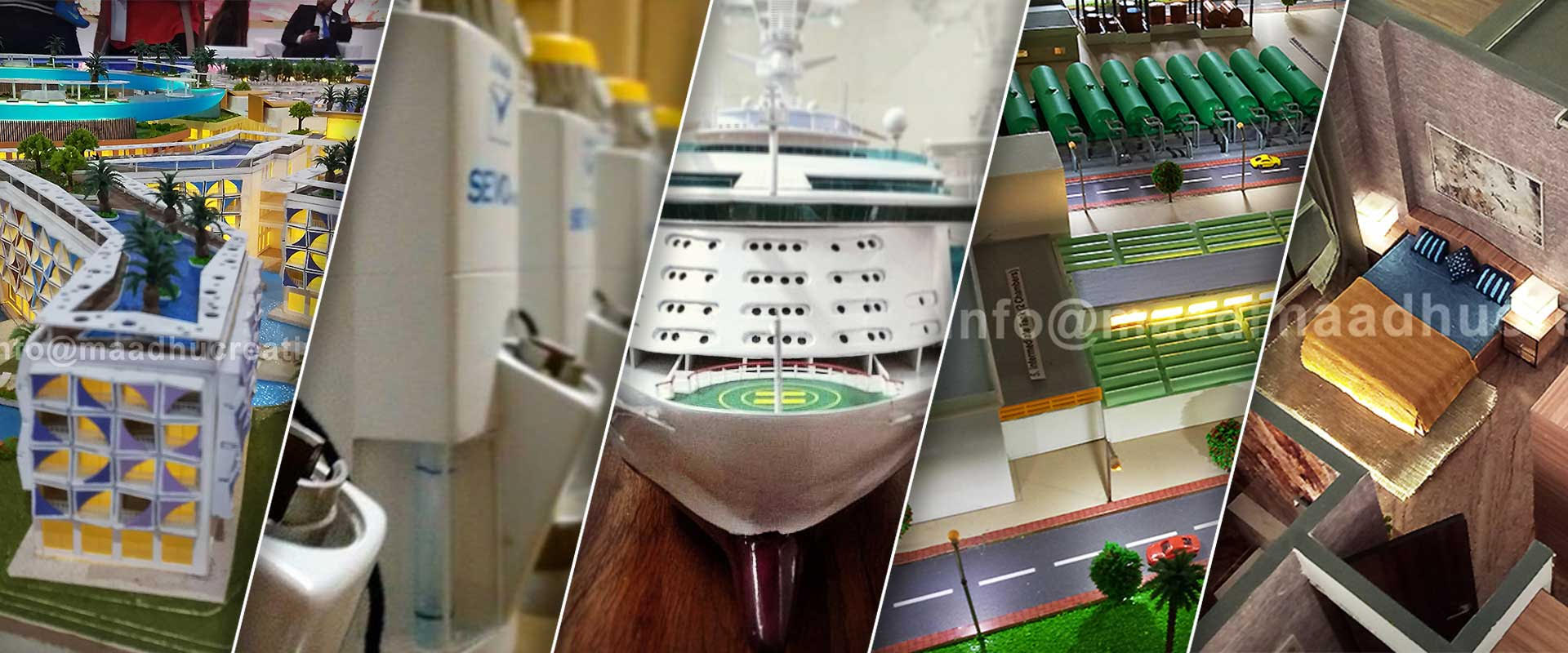Explore the world of
Maritime model-making

Marine model making is as old as shipbuilding, going back to ancient times. Maritime models are the mirror of the technological advancement that has taken place over the years and reflects a lot about the history, culture, and styles of a particular time.
It is also believed that the models of the olden days’ ship take you on a journey of discovery and understanding of those times and you can relive the adventure, wars, exploration stories with them. Let’s explore the world of marine models.
Maritime Model Making – An Overview
A drawing of a ship or a vessel is just an accurate flat representation. But a maritime model is a 3-D representation of the different types of ships, boat, cruise, vessels, speed boat and yachts that helps in studying the model from every angle and visualize the details more clearly. The maritime model is a perfect example of intricate and sophisticated craftsmanship. The model gives life to the masterclass vision of the designer. It demonstrates the full scale of the boats, ships and vessels that have been suggested. This is all done in a scaled-down version of the original.
The marine models are created and developed for businesses in the marine sector, including shipbuilding, shipyards, shipping, water sports, cruise lines and other businesses, as well as for sectors like gas and oil.
Purpose of Maritime Models
The vessel and ships are not mass-produced, and while they are being created, they require a strict watch. The following needs are catered for in the development of the marine models:
1. Understand the design and eliminate inaccuracies
The development of various marine products like the ships, yacht, vessels, boat, cruiser etc, are time-consuming activity and requires a very focused effort towards its development. Every effort is made towards ensuring that each element like the Hull form, various other parameters, and curvature are accurate. All types of inaccuracies and design flaws are regularly evaluated and tested at every stage.
2. Testing the stability characteristics
This is a step of paramount importance in maritime model-making. The regular tests help the designers and the engineers to evaluate the:
- Products (ships) behavior,
- Stability attributes
- Powering
- Propulsion and other features
3. Facilitates quick approvals
The model helps in creating an exact scaled-down replica and thus features all the intricate parts, showcase the mechanics in detail. As we saw the models help in testing various features and working too. This facilitates in explaining the intricacies in detail to the authorities and thus helps to smooth the approvals process.
4. Piece for display
It is a proud piece for display in the owner’s or client’s offices, at exhibitions, etc after the project completion. It is a lasting landmark.
5. Guidance map
It gives you a bird’s eye view of the entire final product. It acts as a map for navigation within the vessel/ship.
Types of Maritime Models
The maritime models can be categorized into the following categories:
1. Vessel Models
There are different types of vessels like sub sea vessels cargo vessels, and container vessels etc.
2. Concept Yacht Models
An indicative model designed to understand the nitty-gritty of the design, elements, and functionalities while designing a yacht.
3. Sports Yacht Models
It is focused on the high-speed adventurous type of product. The model needs to be designed while keeping in mind the high-speed performance expected from the actual product, the enchanting look, and standard design elements such as a hull, a deck, etc.
4. Catamaran Models
It is a multi-hulled watercraft featuring two equal-sized parallel hulls. A great deal of effort is required to develop the scaled-down version of a Catamaran.
5. Ships Models
Models are made as the scaled-down version of the actual ship. The ships can be of various types, warships & other military ships, sailing ships, replica of an ancient ship, submarines, etc.
6. Cruise Models
These ships are large passenger-carrying ships with numerous features like cabins, bars, restaurants, swimming pools, shopping arcades, etc. These features need to be intricately defined and showcased in the models.
Materials used for building Maritime Models
The decision of selection of the material can be based on several factors:
- Technical requirements
- Budget
- Availability of material
- Aesthetics
- Durability required
- Easy to handle, maintain, and transport
The maritime model maker can select the following material to develop the model.
- Wood
- Wax
- Plastics (fiberglass)
- Paraffin
- Lightweight metals such as tin sheets
- Paper (special type)
Model makers are using eco-friendly materials like eco-friendly ink formulas and colours as they become more ecologically concerned.
Maritime model-making process
Now is the time for the operational stage. In this phase, the model is brought to life.
1. Finalized design
The professional maritime model maker will get the finalized drawing with exact model dimensions. The model-maker then will scale down the dimensions, based on which the model will be developed.
2. Development
Based on the finalized design the model maker will start building the hull of the ship using the chosen material like form sheet, wood, or fiber-reinforced-plastic (FRP).
3. Laser-cutting design
The separate designs are made on the material for the deck area and other elements like center cut-outs of frames, windows, etc. To ensure accuracy and save the material lines with different colors should be used to signify shallow cut or full-depth cut. Laser-cutting helps in bringing a great degree of precision and detailing.
4. 3D printing of elements:
The elements that require very intricate design or a lot of detailing are printed using 3D technology.
5. Painting
Once all designs are built or laser cut, then the next step is to paint every piece according to the colors suggested in the design or as per the common practice. Model makers use spray paints to paint the elements to bring a consistent color finish.
6. Assembling
When all the pieces are designed then they are placed on the hull like the deck, the furniture and fixtures, planters, landscaping and lights. All the elements are placed to match the design requirement.
7. Testing
Once the structure is assembled the maritime models are tested for hull configuration, curvature, buoyancy propeller arrangements, the center of gravity, point of inertia, etc. to ensure proper working and reduction of any damages at later stages.
8. Finishing touches
At the end, before the delivery of the model, finishing is given to the entire model, final touches are done to ensure everything is properly placed, painted and all lights are in working condition.
9. Delivery
A tested, and all-approved model is delivered at the designated place with all safety measures to protect it from any damage.
The model-making process ends with the delivery of the model.
Future in the Maritime Model Making:
The 3D technology that is developing continuously is making the tedious job of marine model-making less time-consuming and helping in developing more accurate and aesthetically pleasing models.
With this upgrade in technology, the model-makers can produce intricate and minute features of the ships, vessels, and yachts with great accuracy and ease. The technology is a boon to the model-makers
Maadhu Creatives are a professional maritime model-making service provider in India. We are a trusted name in designing and developing world-class custom maritime models. Regarded as one of the top maritime model-making companies in India we ensure customer satisfaction and long-term association with our customers with best-in-class deliverables.









